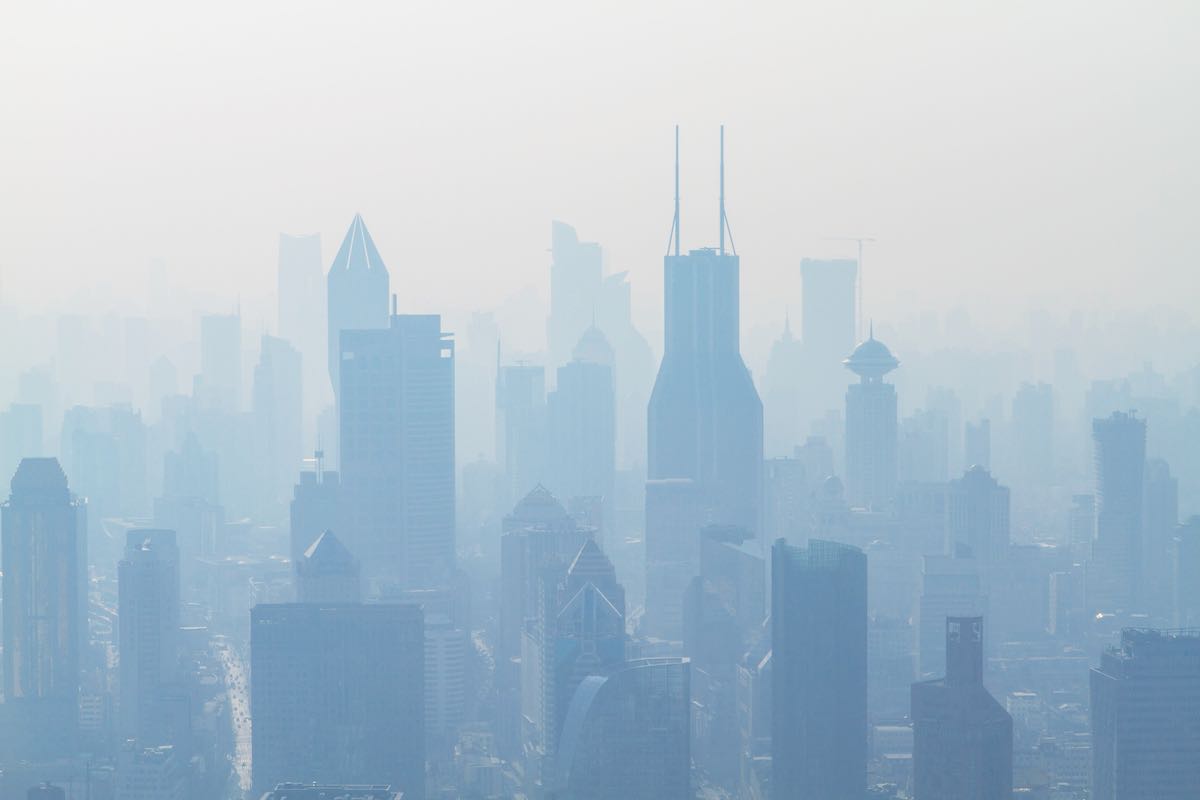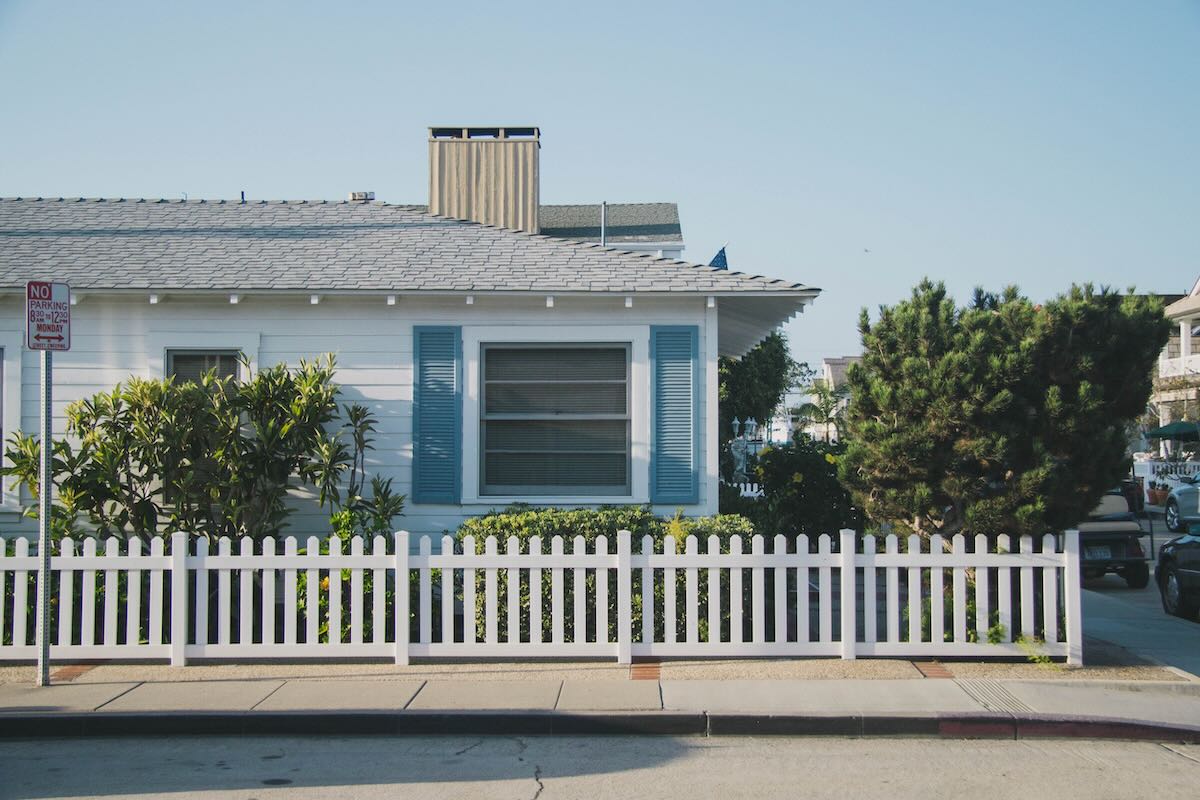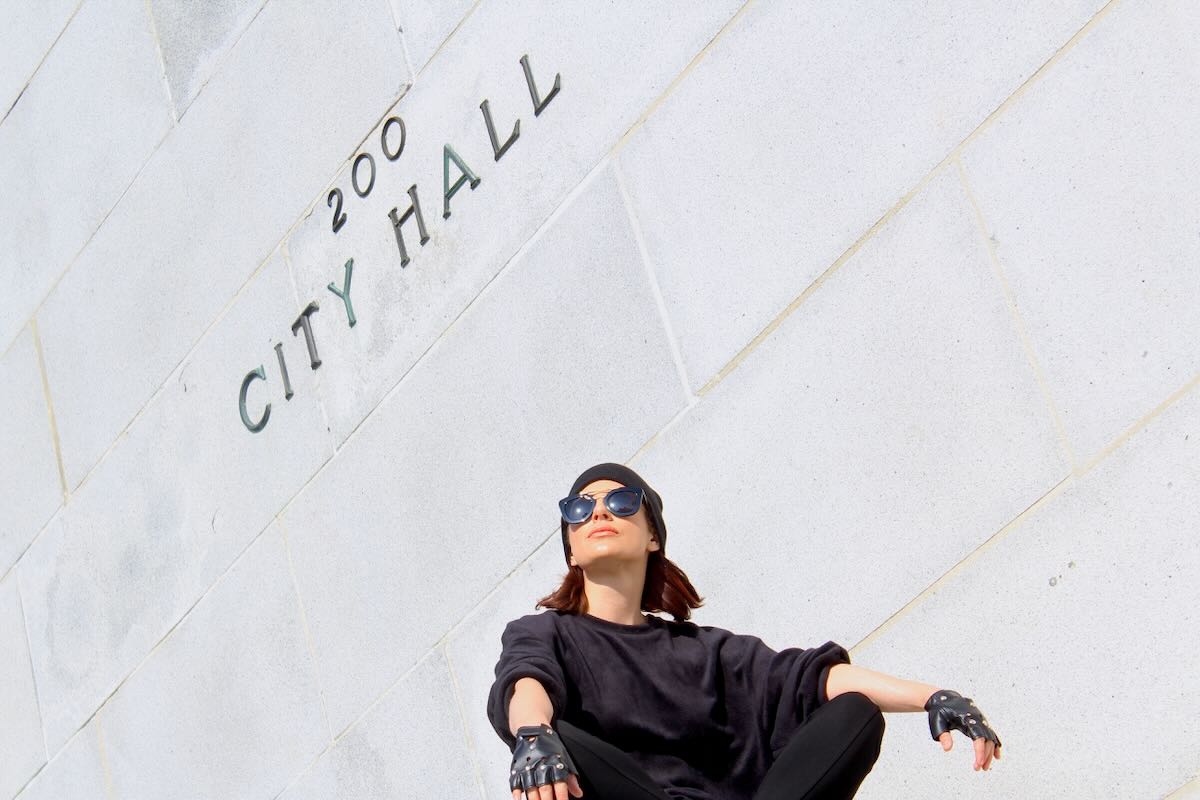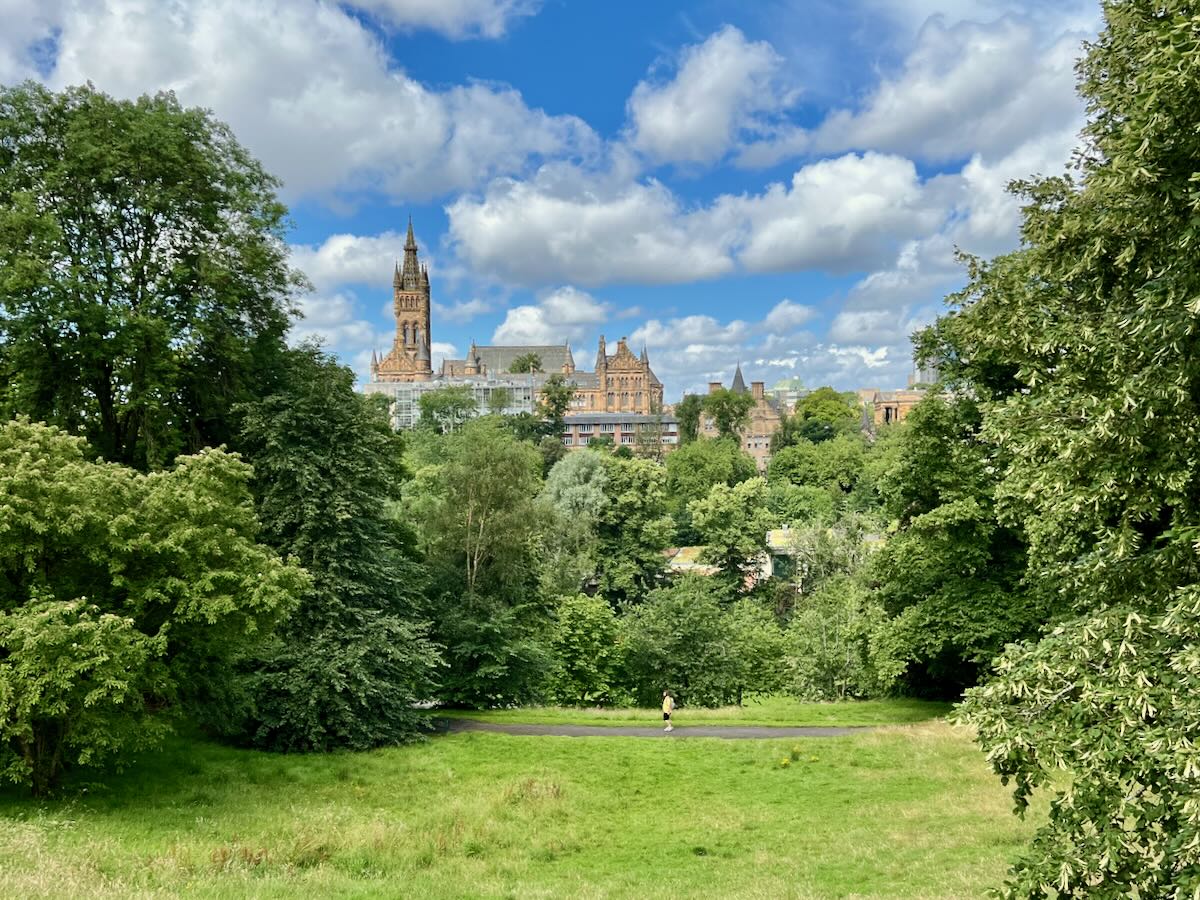Happy New Year, Issue 66
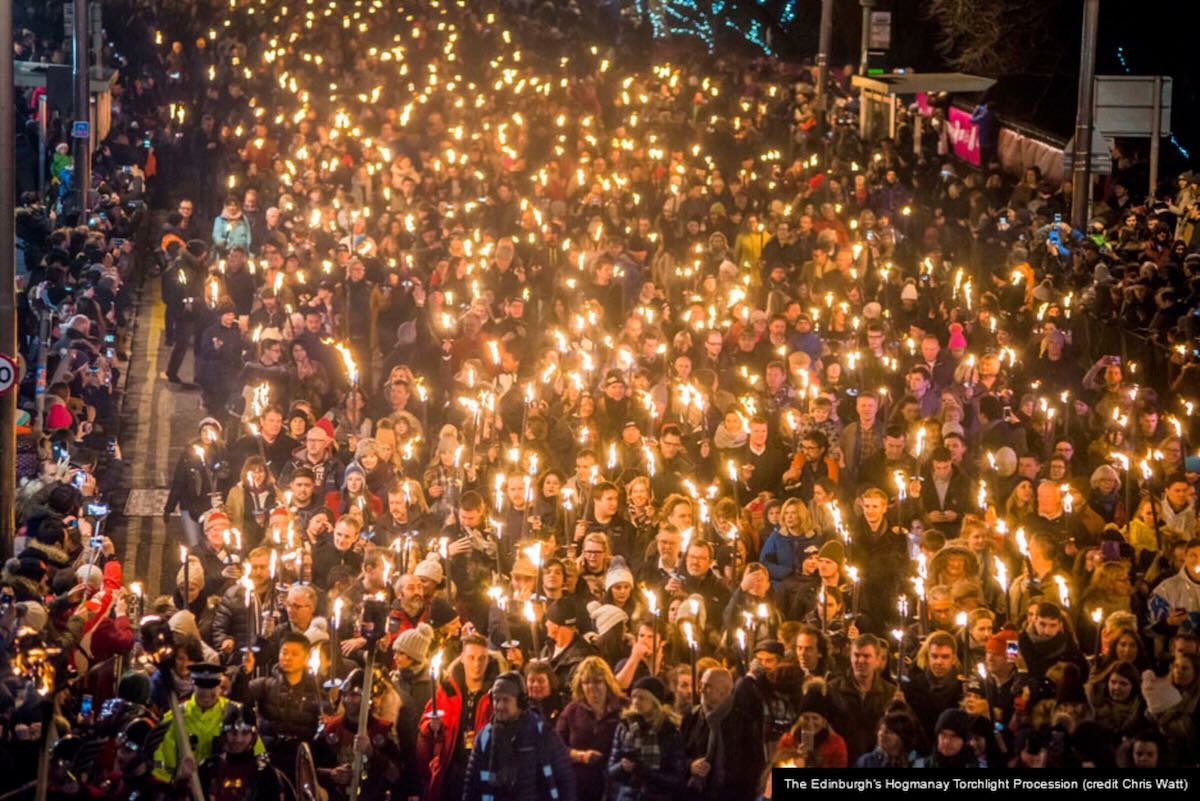
Happy New Year! or in Scots Gaelic, Bliadhna Mhath Ùr! Phonetically, Blee-a-nah Va Oor!
The History of Hogmanay
Until the late 1950’s most of Scotland worked through Christmas, even Christmas Day. Immediately following the Protestant Reformation in 1640, the Church of Scotland (the “Kirk”) declared the Christmas celebration a Catholic / Papist fabrication. The Kirk banned the Papist Christmas festivities.
Scotland then embraced the traditional Norse celebrations dating back to the Viking invasions of the 8th and 9th centuries. The Vikings, happy to see the shortest day of the year behind them wanted to party. I find it interesting that Yule was the Norse name for the Nordic mid-winter blow-out. Yuletide blessings must mean lots of grog.
The Scottish winter solstice celebration begins on Hogmanay, the Scots word for the last day of the Old Year. With practice for the big event, many a Scot probably starts the party several days before. Celebrations carry on New Year’s Day and continue January 2 – an annual bank holiday.
The Old Traditions:
There are many Scots traditions associated with bringing in the New Year:
- Redding the house which includes a thorough house cleaning, taking out the ashes, and repayment of all debts so as to start the year afresh.
- Fire ceremonies – blazing torchlight parades or fireballs swinging overhead in Stonehaven, these purification rituals pre-date Christianity.
- Saining or blessing the house and the live stock, also a pre-Christian ritual! To sain, spread magical water from a river crossed by both the living and the dead and then burn juniper branches throughout your house! This could be a little tricky.
- Ceilidhs (pronounced kay – lee) Think party in capital letters – Scottish music, dancing, story-telling, more music, more dancing in homes, community halls, well wherever.
First-footing
This maybe the most famous of the old traditions! The first-footer is the first person to enter a house in the New Year. This tradition dates back to the pillaging Vikings so blond and red-haired men were not popular first-footers. Tradition calls for a dark-haired male to be the first through the door for luck.
My London-born mother loved English Christmas. After moving to Dundee, she also embraced Hogmanay and its traditions. She transferred her love of the many customs to her friends in Sept-Iles. Hey, there was a time I had a healthy head of very dark hair. When I was 16 and 17, she tasked me to be the first-footer at many of their homes. I could have used a few inches in height as the dark- haired visitor is meant to be tall. However, she did equip me with a bottle of Scotch and with shortbread.
Newer Traditions
- Massive street parties – over 75,000 people gather in the streets of Edinburg for an epic party. My daughters had a close friend who would travel from Montreal to Edinburg every year for this event. It would have been easier to go to New York but the “dropping of the ball” is a tame event compared to the street parties in Scotland. Edinburg hosted over 400,000 for Hogmanay in 1996 / 1997.
- Loony Dook started in 1986 as a hangover cure. It consists of loony-costumed multitudes throwing themselves into the freezing waters of the Firth of Forth.
Auld Lang Syne
Probably, no, undoubtedly the most famous song in the world. Auld Lang Syne was composed by Scottish poet Robert Burns in 1788. It has been translated into dozens of languages and sung in countries around the world for over 200 years.
There are many versions on YouTube. “Rod Stewart from Stirling Castle” is pretty campy but fun. It shows the traditional cross-armed hand holding and finishes with the skirl of the pipes.
Happy New Year
Regrettably, Omicron has led to the cancellation of all New Year’s events this season. So, it is doubly important to send you New Year’s wishes:
May the best ye hae ivver seen be the warst ye’ll ivver see.
May the moose ne’er lea’ yer girnal wi a tear-drap in its ee.
May ye aye keep hail an hertie till ye’r auld eneuch tae dee.
May ye aye juist be sae happie as A wuss ye aye tae be.
(Traditional)
Translation:
May the best you have ever seen be the worst you will ever see,
May the mouse never leave your granary with a tear in its eye,
May you all keep hale and hearty till you are old enough to die
May you always be as happy as I wish you all to be.
Bliadhna Mhath Ùr!
